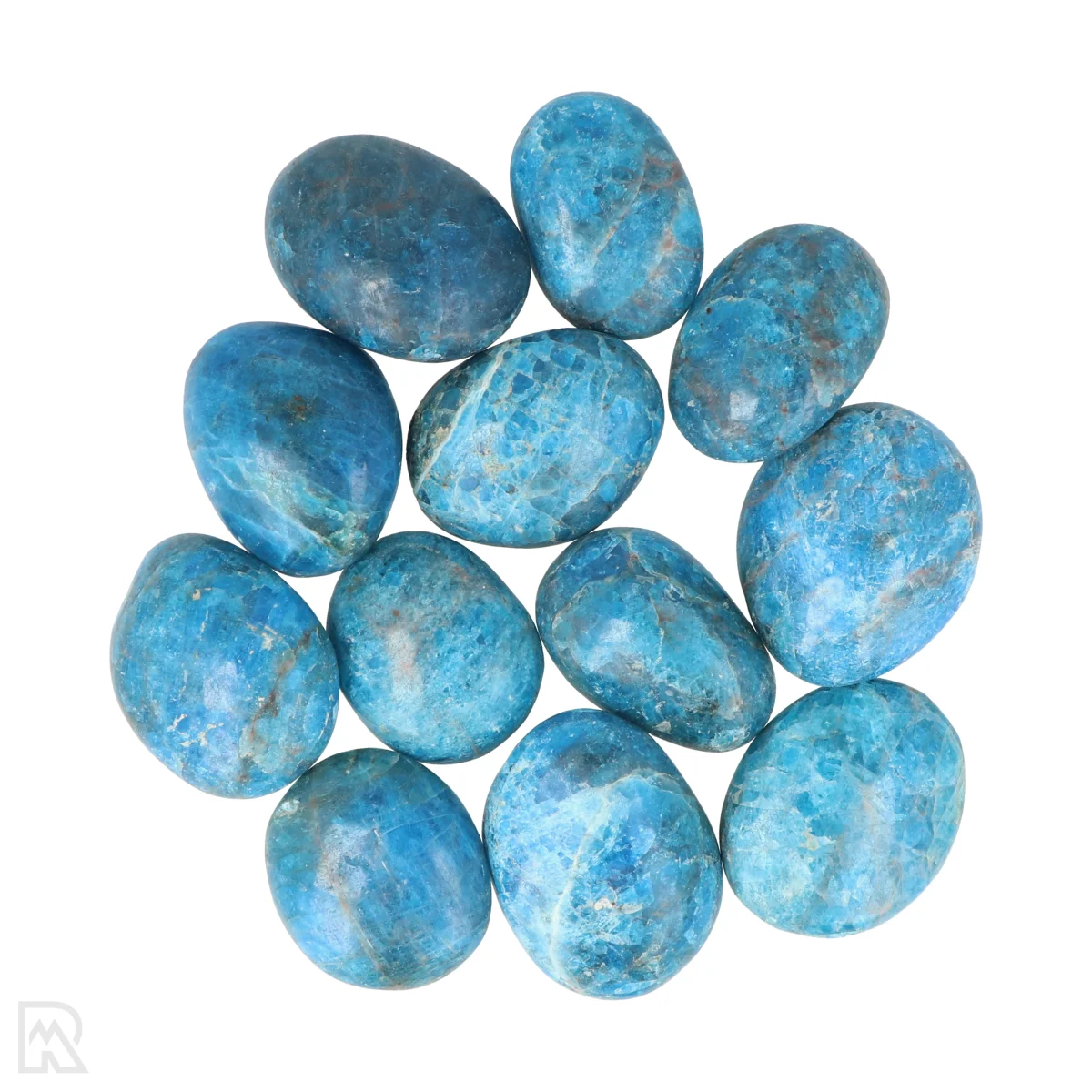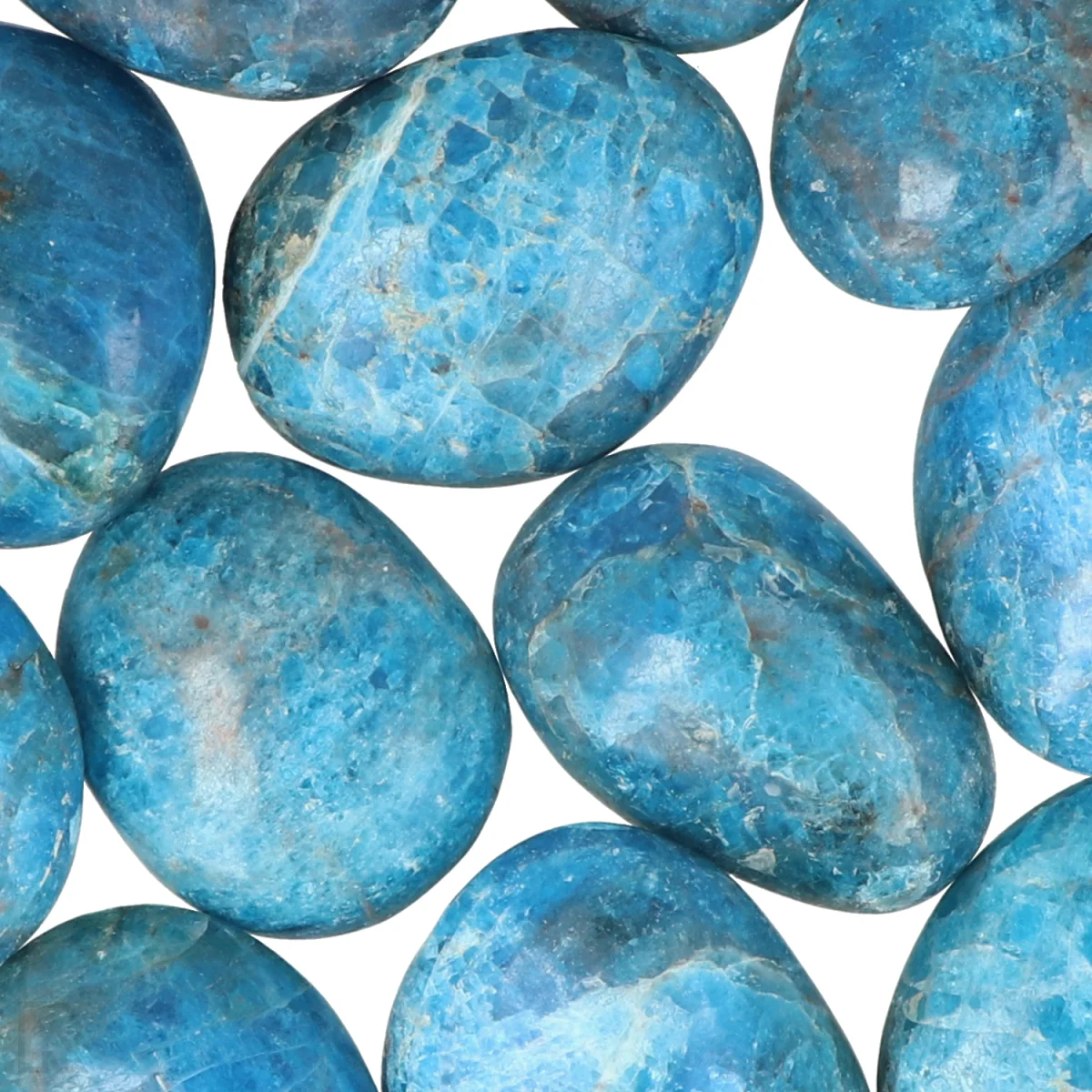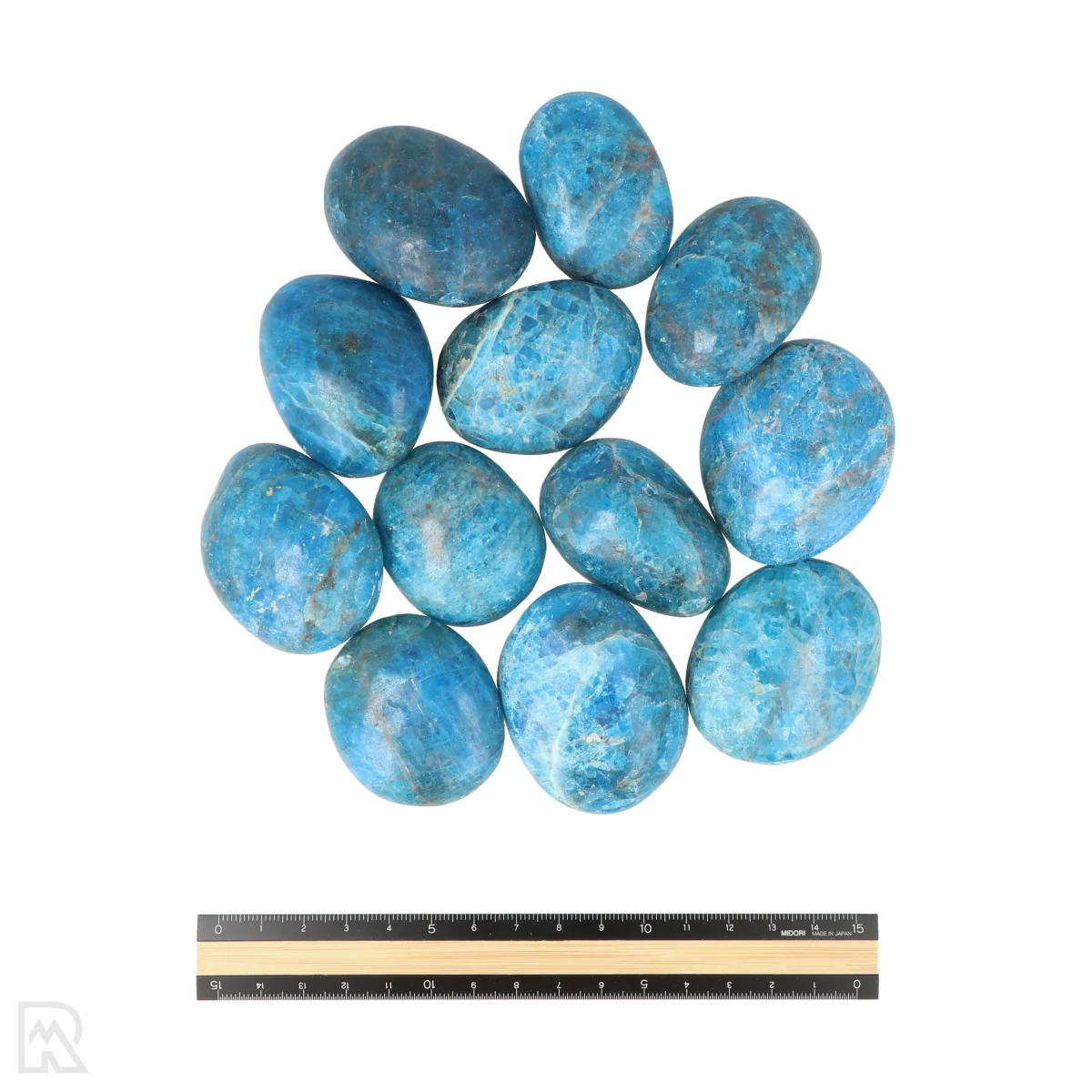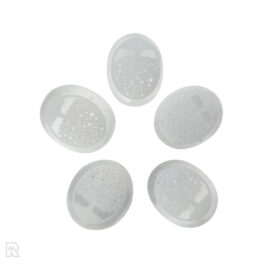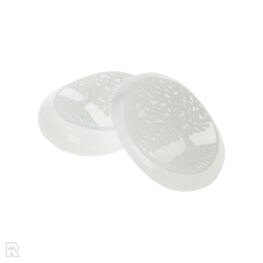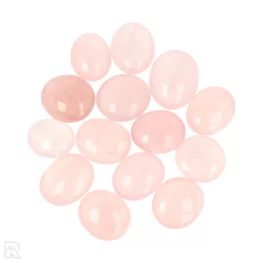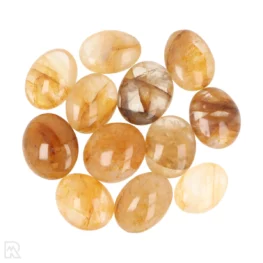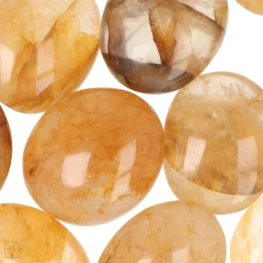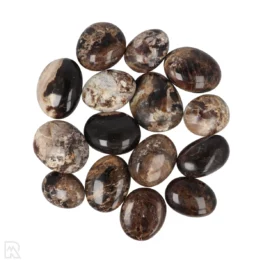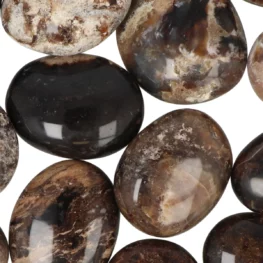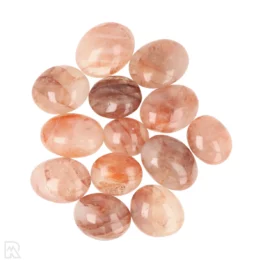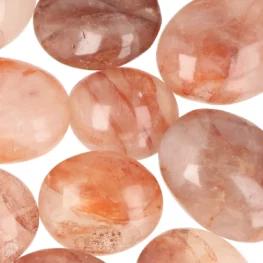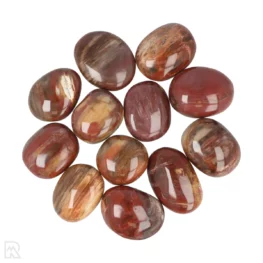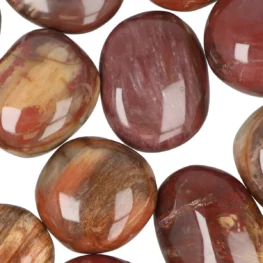| Gewicht | 0,1 kg (100 gr) |
|---|---|
| Sales Unit | |
| Minimum order | 500 gr |
| Type | |
| Dimensions (±) | 4 - 6 cm |
| Number | 12 pieces per kg |
| Form | |
| Origin | |
| SKU | 6502 |
Blue Apatite Handstones
Blue Apatite Handstones from Madagascar
Apatite
Apatite is a group of phosphate minerals mostly found in shades of blue-green to green, but yellow, violet and colourless varieties are also known. The name comes from the Greek apate, meaning "deception", as apatite is often confused with other minerals. It is a common constituent of phosphorus-rich rocks and plays an important role in biological processes, as it is also found in teeth and bones of humans and animals.
Major deposits of apatite include Brazil, Mexico, Myanmar, Russia and Madagascar. The mineral forms in both magmatic and metamorphic rocks and is also present in phosphate deposits. Apatite has the chemical formula Ca₅(PO₄)₃(F,Cl,OH). Apatite has a hardness of 5 on the Mohs scale.
Sources: Mindat.org, Gemdat.org, Wikipedia - Apatite
Hand stones
Hand stones are our largest, tumbled and smoothly polished (precious) stones that often sit very well in the hand, which immediately explains the name. Drummed, this size is also called a palm stone or jumbo stone. Often these stones are extra polished or ground after tumbling for a beautiful end result. Despite this consistency, it remains a natural product, so variations in shape, colour and pattern can always occur. This can vary from one type of stone to another.
Generally, handstones have a size between 4 × 3 × 2 cm and 6 × 5 × 3 cm. Almost all our handstones come from Madagascar, where they are carefully selected and processed. The product photos give a good impression of what to expect. Hand stones are sold per 100 gr (1x), with a minimum order of 500 gr (5x).
